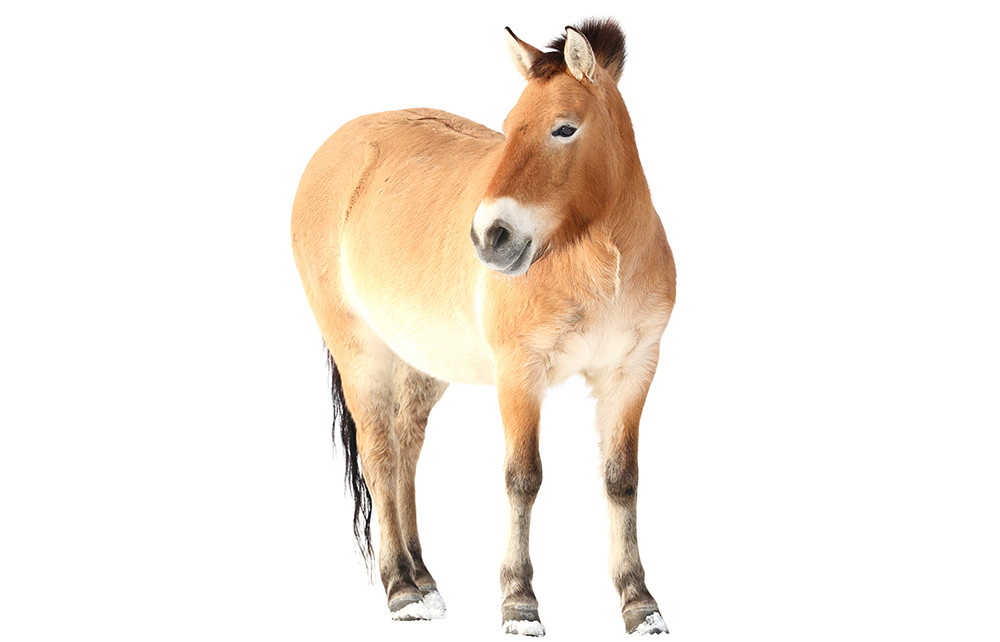This spring, San Diego Zoo’s Wildlife Alliance proudly announced the arrival of Trey, a newborn colt. Trey is a Przewalski’s horse – the last wild horse species on the planet, and one of the least pronounceable (say ‘zhuh-varl-skis’ and you’ll be close). It was another small conservation victory. But Trey is particularly unusual, because this little pony is a clone.
Isn’t it too late for our battered ecosystems to start mucking around with cloning?
Trey is genetically identical to Kuporovic, a stallion whose cells were cryonically preserved in 1980. He’s also a genetic twin of Kurt, the first ever cloned Przewalski’s horse, born in 2020. This is big news in the cloning world: until now, cloning has only produced one individual from an endangered species. Kurt was bred by the Wildlife Alliance, cloning firm ViaGen and Revive and Restore, a ‘genetic rescue’ organisation based in California which aims to reshape the conservation landscape with radically high-tech solutions.
One scientist described Trey’s birth as ‘an enormously hopeful, unprecedented step’: he will reintroduce genetic diversity to a shrinking species which has survived, barely, by inbreeding. But can this really be all it’s cracked up to be? Isn’t it too late for our battered ecosystems to start mucking around with cloning?
Przewalski’s horses (aka ‘P-horses’) are Mongolia’s sacred national animal. After tens of thousands of years roaming free across Eurasia, they found their former range limited, partly by good weather. After the last ice age ended, European steppes were replaced by forests less hospitable for grazing, and the horses retreated east.
A report by the Russian geographer and explorer Nikolai Przewalski introduced the horses to European science in 1881, noting their shyness, speed and sensitive noses. But habitat loss to farming, mining and harsh winters over the next few decades led to the species being declared extinct in the wild in 1969.







Comments
Join the debate for just £1 a month
Be part of the conversation with other Spectator readers by getting your first three months for £3.
UNLOCK ACCESS Just £1 a monthAlready a subscriber? Log in